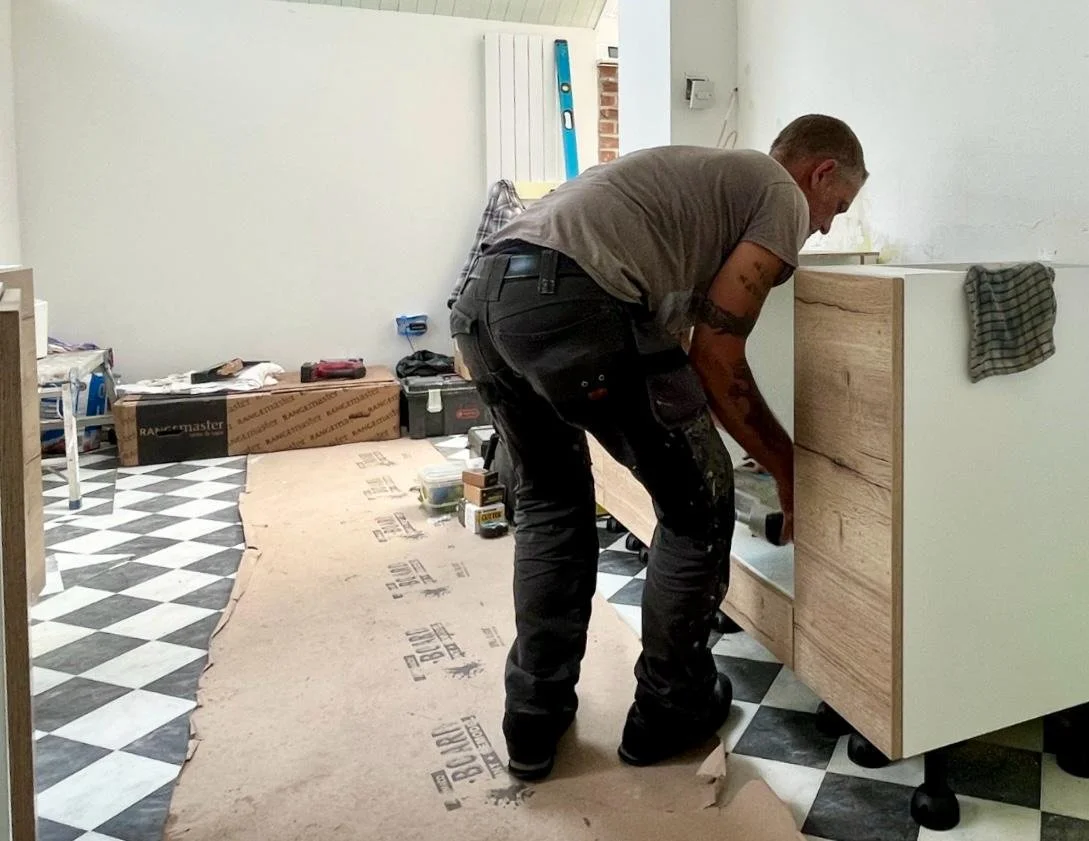HOW TO CHOOSE YOUR FIRST PROJECT
Start with what’s manageable. Avoid what drains your budget, and your energy.
Renovating a house isn’t a quick or easy job.
Even with solid planning, it takes time, focus, and stamina.
Start with what’s manageable. Avoid what drains your budget—and your energy.
Renovating a house isn’t a quick or easy job.
Even with solid planning, it takes time, focus, and stamina.
If you're starting out, the goal is simple:
Revamp. Don’t rebuild.
That means choosing the right property, one that gives you the highest return for the lowest risk.
Here’s what that looks like in practice:
Skip risky auction buys unless you’ve done your homework. One uninformed purchase can cost you thousands.
Always get a building survey before committing. It can reveal hidden structural issues, unauthorised works, or location risks like poor access, flood zones, or even radon.
Older properties might be listed, and if they are, there’s a long list of changes you legally can’t make.
As the new owner, you’ll be liable for correcting any illegal works done by previous owners. That can be both stressful and expensive.
Be especially careful with properties that:
Lack proper firebreaks in lofts
Have thin, single-skin brick extensions at the back (especially in cheaper Victorian terraces—mortgage lenders often don’t like them)
Have had key elements like chimney breasts or structural walls removed without building regs approval
If this is your first project, stay away from anything that needs major structural work.
Not only is it more complex and time-consuming, it can eat through your budget fast, especially if defects in the roof or drainage systems crop up later.
Instead, look for houses that look tired but are structurally sound.
Decoratively run-down homes often look worse than they are, but they can be transformed with updates to kitchens, bathrooms, and a well-thought-out renovation plan.
You don’t need a big budget to make something feel new.
You just need the right strategy.
That’s what we focus on inside FLIPIT, how to recognise what’s worth fixing, what to avoid, and how to flip with clarity and confidence from the very first project.

